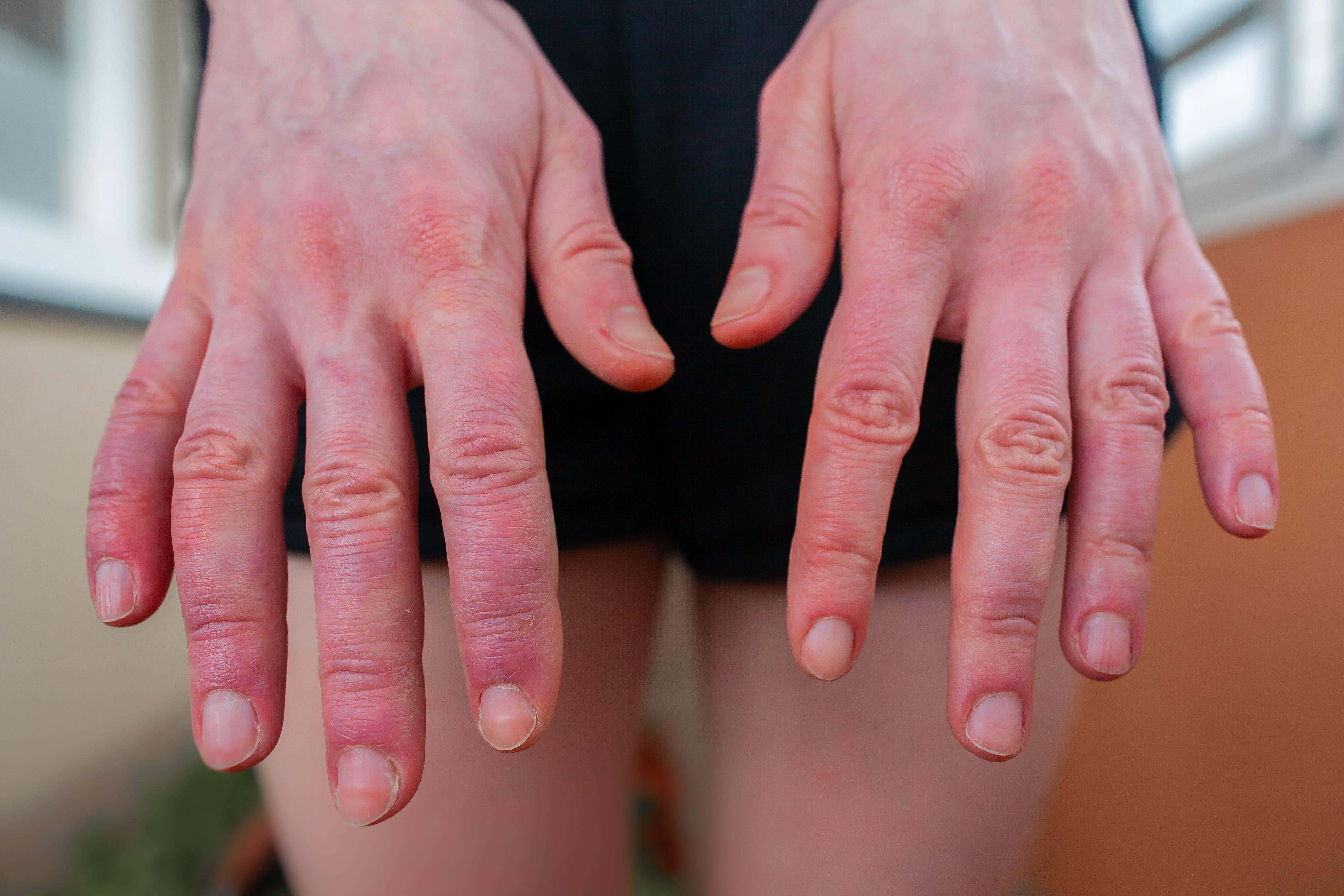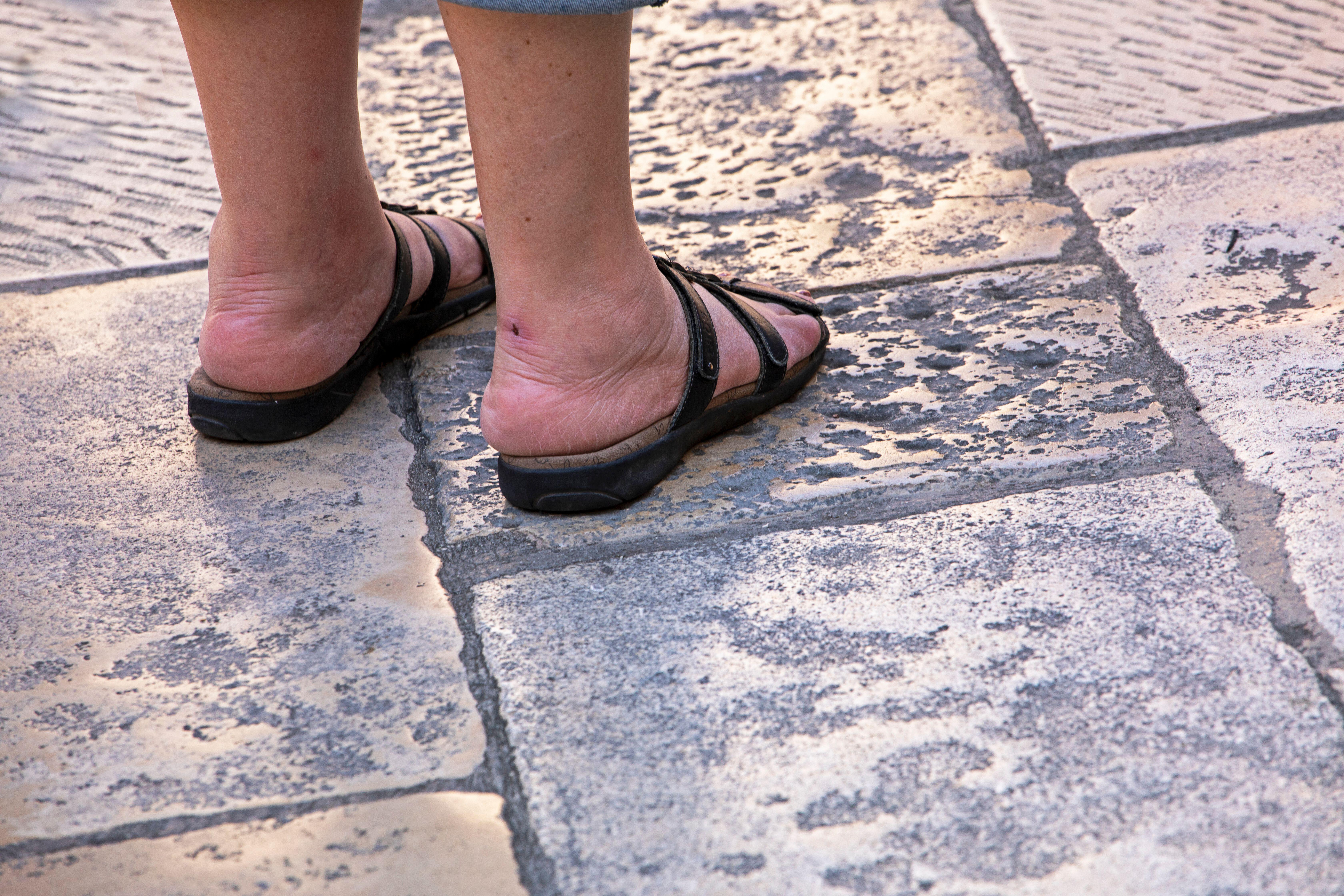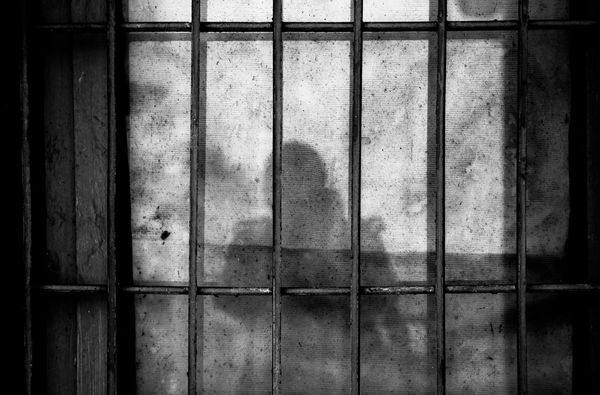
Brits tend to rejoice at the arrival blue skies and sunshine.
But the hot weather can unfortunately sometimes have painful, swollen consequences on our feet and hands.
As summer temperatures rise, many find their rings feeling tighter or shoes becoming uncomfortably snug.
This common experience often signals heat oedema, a condition causing swollen hands and feet that can dampen seasonal enjoyment.
To understand why this occurs and how to best manage it during warmer periods, The Independent has consulted general practitioners for expert guidance.

How does heat affect blood circulation and fluid retention in the body?
“When temperatures rise, our bodies work hard to cool down by widening blood vessels,” explains Dr Naveed Asif, GP at The London General Practice. “This process is crucial for keeping us comfortable, but it can lead to increased blood flow to our limbs, causing some heat buildup.
“Unfortunately, that can result in fluid leaking into surrounding tissues, which is why you might notice that extra puffiness.”
How does altitude or humidity impact the swelling of hands and feet?
You might also find that your hands and feet swell more if you’re at a high altitude or in a humid environment.
“At higher altitudes, the air pressure drops and that can affect how fluids move around your body, leading to swelling – especially if you’re not used to it,” highlights Dr Chun Tang, GP at Pall Mall Medical.
“Humidity, on the other hand, makes it harder for your body to cool down through sweating, which can cause you to retain more fluid. The two together can make your hands and feet feel a bit like balloons.”
What is heat oedema?

Symptoms of oedema include swollen or puffy ankles, feet or legs, shiny or stretched skin and changes in skin colour, discomfort, stiffness and dents when you press on the skin, according to the NHS website.
“Heat oedema is swelling caused by hot weather and it usually affects the hands, feet and ankles,” says Tang. “It’s fairly common, especially in warmer months or during a heatwave, and particularly if you’re not used to the heat. You might notice your rings or shoes feeling tighter – that’s usually heat oedema.”
Are some people more susceptible to heat oedema?
“Anyone can experience heat oedema, but some groups are more prone to it,” says Asif. “For instance, pregnant women may see more swelling due to hormonal changes and fluid retention. Older adults and those with certain health conditions may also be at higher risk.”
Are there any specific lifestyle factors that can make it worse?
Certain lifestyle choices can exacerbate summer swelling.
“Eating a lot of salty foods can lead to fluid retention, and spending too much time sitting or standing in the heat doesn’t help either,” says Asif. “So, staying active and being mindful of your diet can make a difference.”
How can we manage recurring heat oedema in the summer months?

“Simple things like keeping your legs elevated when you’re sitting down and moving around regularly can help,” says Tang. “Try to avoid standing still for long periods and wear loose, comfortable shoes.
“If you’re indoors, keep cool with fans or air con if you can. Some people find compression socks useful too, especially if they’re on their feet a lot.”
Staying hydrated is also key, adds Asif.
“Drinking more water can actually help your body retain less fluid,” explains Asif. “Also, athletes often take cold baths after intense exercise to reduce swelling and inflammation. This practice constricts blood vessels, which can alleviate pain and speed up recovery, so is an effective way to handle oedema after a workout.”
Could persistent or severe swelling be a sign of a serious underlying health problem?
“Heat oedema is usually harmless, but if the swelling sticks around, gets worse, or comes with other symptoms like shortness of breath, chest pain, or skin changes, it’s important to get it checked,” says Tang. “Conditions like heart, kidney or liver problems can all cause fluid build-up, and you’d want to rule those out early.”
In addition, Tang also recommends getting in touch with your GP if the swelling is sudden, painful, only on one side, or doesn’t go down after a day or two of cooling off and resting.
“Your GP might suggest doing some blood tests to check things like kidney function, liver health or signs of inflammation, just to rule out anything underlying,” says Tang. “Always better to be safe and get it looked at.”







